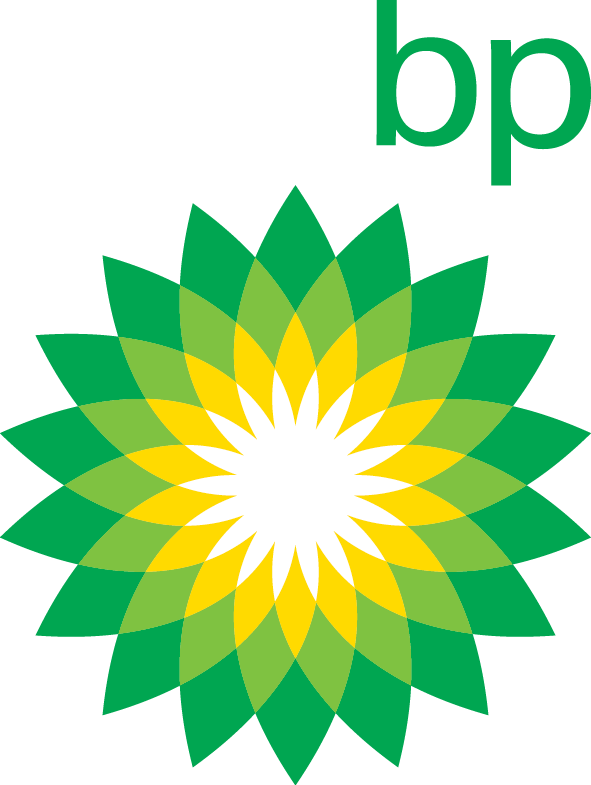10 Takeaways from ERG Summit
Published Oct 30, 2018 by A.J. Mistretta
The Partnership hosted the inaugural Houston Next ERG Summit in October 2018. The event was designed to bring together talent, community and business leaders to grow diversity and inclusion in the workplace. Hundreds of attendees gained insight from keynote speakers and panelists as well as peers through specific employee resource group pods.
Here are the top 10 takeaways:
- “Houston must lead the progress that must be made in ERGs and ways we must embrace inclusivity. Houston is uniquely positioned to show how we can harness diversity.” - Ray Dempsey, Jr., keynote speaker.
- ERGs need to be seen as more than a “food and fun committee.” They improve retention by giving employees a sense of purpose, community and belonging. ERGs are used to groom emerging leaders, provide a career pathway, offer reverse mentoring, develop soft skills, provide a link to management and can be tied to company’s profit centers.
- Overwhelmingly, attendees expressed there is a disconnect for Houston’s multi-generational workforce regarding working remotely. You do not need to be at your desk to be working (as proven thru Hurricane Harvey) and the younger workforce does not gravitate to the traditional 9 a.m.- 5 p.m. schedule. Investing in (multi-platform) technology and offering flexible work schedules allow better work-life integration and a happier, more productive workforce.
- Improve maternity and paternity leave options to retain talent and reduce broken pathways for women’s career paths. Women’s ERGs are the most prevalent across companies who participated in the summit.
- Summit attendees want to continue the conversation and remain connected to other ERG leaders to share best practices, upcoming events, etc. with one another.
- The Partnership should be the convener for ERG best practices, share data, ways ERGs can impact ROI and determine benchmarks to measure the improvement in our business community.
- Talent recruitment and retention tools are needed to attract new talent to Houston and retain existing employees and interns. Many companies who have remote employees or a multitude of offices expressed concern about needing digital resources or virtual connections to broadcast content to these employees to increase active participation and ongoing engagement in ERGs.
- Performance management reviews should incorporate personal, professional and corporate culture goals. 360 reviews are popular.
- Customized jobs should be explored for mentally/physically disabled candidates to utilize employees with unique abilities. Coaching is necessary to review veterans’ resumes and how to integrate their military experience with civilian job opportunities to ensure a proper fit.
- Active allies and advocates are critical to ERGs’ success and these individuals need advocate awareness training, especially the proper pronouns to address individuals (without the fear of offending anyone).
 The Houston Report
The Houston Report



















